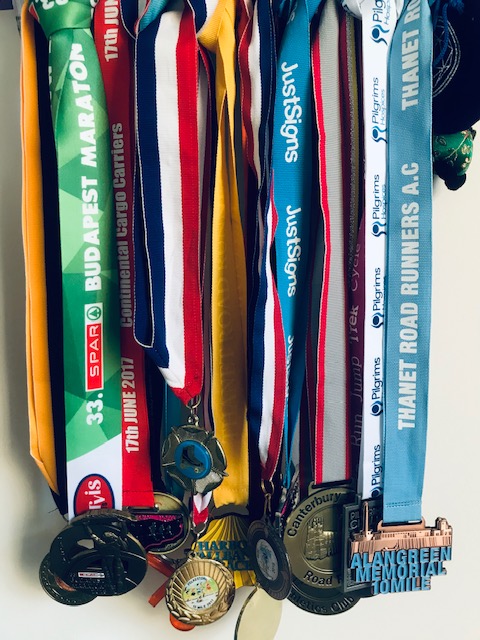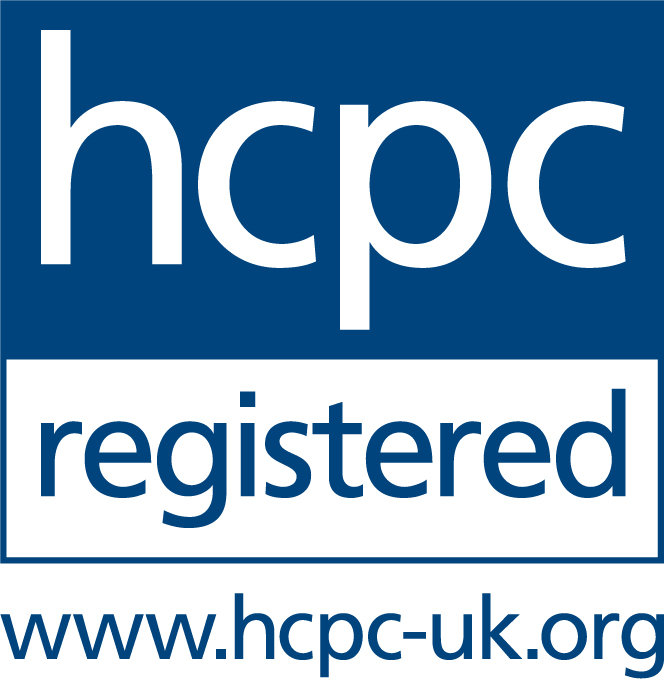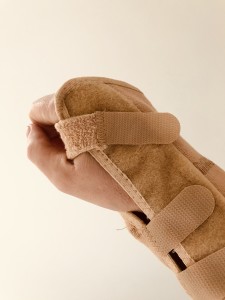A groundbreaking report on the health and wellbeing of the UK workforce has been unveiled by Dame Carol Black as she proposed radical changes to work-related health services to make them available to all.
The UK National Director for Health and Work published the first ever review into the health of the working age population – Working for a Healthier Tomorrow – calling for urgent and comprehensive reform and a new approach to health and work in Britain.
The review recognises that for most people work is good both for their long-term health and for their family’s well-being. Its proposals focus on keeping people healthy at work, and also on helping them return to work if they get ill.
The review found that ill health was costing the country £100 billion a year – enough to run the entire UK National Health Service.
Dame Carol emphasised that although the economic cost was substantial, the human cost to families was immeasurable.
‘For most people their work is a key factor in their self-worth, family esteem and identity.
‘So if they become sick and are not helped quickly enough, they can all too easily find themselves on a downward spiral into long-term sickness and a life on benefits.
‘This is not only devastating for them, but also for their families. Their children suffer financially, emotionally and it can affect their long-term futures.
‘The aim of my review is not to offer a utopian solution for improved health in working life, but to identify factors that stand in the way and offer potential solutions.’
Dame Carol spells out the key challenges in the review, which include insufficient access to good work-related health support in the early stages of sickness, including mental health conditions. Provision is currently disproportionately concentrated among a few large employers, leaving the vast majority of small employers without support
Other issues include the current sick note process which concentrates on what people can’t do, instead of what they can.
Dame Carol makes key recommendations to overcome the challenges, including:
- New ‘Fit for Work’ service to be piloted for patients in early stages of sickness – if rolled out the aim would be to make work-related health support available to all;
- If successful Fit for Work should be extended to those on incapacity and other out of work benefits. Government should also expand provision of Pathways to Work to cover all on incapacity benefit;
- Outdated paper-based sick note should be replaced with an electronic ‘fit note’, stating what people can do, not what they can’t;
- Occupational health should be brought into the mainstream of healthcare provision;
The review is the result of wide-ranging research and consultation including a series of events held around the country and a Call for Evidence which produced more than 260 responses.
An important step was also the ground-breaking consensus statement signed by more than 30 health professional bodies, including the British medical Association and Royal College of General Practitioners
They pledged to help people enter, stay in or return to work, where appropriate, because it is often in the patients’ best interests.
‘Taken together, the evidence provides a clear and compelling case. In short, we cannot go on as we are.
‘I hope this review will lay the foundations for urgent and comprehensive reform. But there are difficult and challenging messages for everyone, whether they are politicians, healthcare professionals, employers, unions or individuals. All have a shared responsibility for the health of Britain’s working age population.
‘We must act now to build on the emerging consensus around a new approach to health and work in Britain, ‘ said Dame Carol.
Contact us today for further information on how we can support your workplace;




 Skiing and Snow Boarding
Skiing and Snow Boarding



